Welcome to Murrells Inlet
Murrells Inlet is an unincorporated area and census-designated place straddling the line between Horry and Georgetown Counties in South Carolina, United States. The population was 7,547 at the 2010 census.
Map
Info
The land around Murrells Inlet has a record of settlement that goes back thousands of years, before written history, but evident in the shell mounds and archeological findings from the Atlantic Ocean to the Waccamaw River. The early inhabitants included the Waccamaw people, who took advantage of the natural resources provided by the creeks and rivers. Wachesaw is loosely translated as “Place of Great Weeping”, in reference to the burial grounds. Indian burial mounds have been found along the high bluffs at Wachesaw that contained European beads, urns and other artifacts.
The recorded history of the area goes back to the days of English settlements and the land grants of the Lords Proprietors, when large portions of the Waccamaw Neck were divided into baronies that stretched from the Atlantic Ocean to the Waccamaw River. The baronies were typically tens of thousands of acres that were subdivided into long narrow plantations that ranged from 500 to 1,500 acres (200 to 610 ha). The plantations of Murrells Inlet included The Oaks, Brookgreen, Springfield, Laurel Hill, Richmond Hill, and Wachesaw (from south to north). The first land grants were given to Robert Daniell in 1711, who in turn sold to several other speculators, with the first planters arriving in the 1730s to begin building settlements. The most notable (for historic purposes) was Captain John Murrell, who bought 2,340 acres (950 ha) which eventually became Wachesaw and Richmond Hill plantations, and built a house on the bluff there around 1733. He was a subsistence farmer, and raised indigo as the primary cash crop. He died in 1771 and left his land to his son Daniel and his two daughters, after which it became the two separate plantations. Wachesaw Plantation was eventually purchased by Allard Belin around 1800, while Richmond Hill passed through Murrell descendants until it was sold to an Allston (most likely John Hayes Allston, who pioneered rice planting techniques with clay).

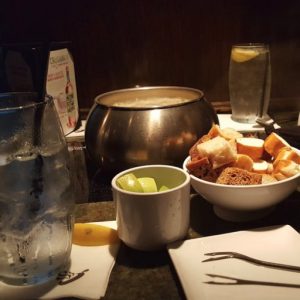
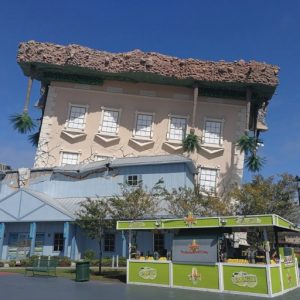
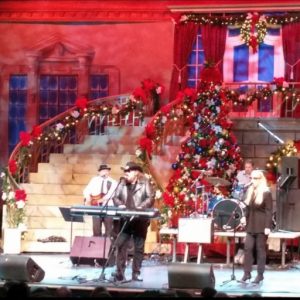
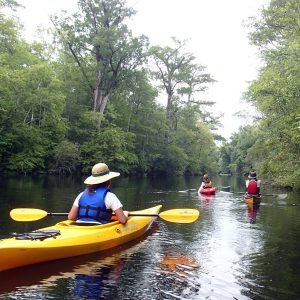
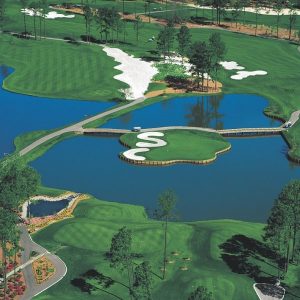

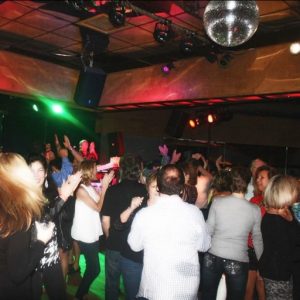
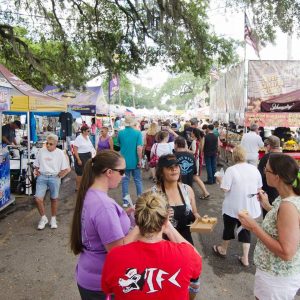

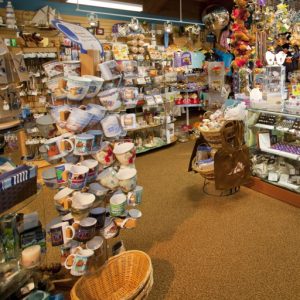
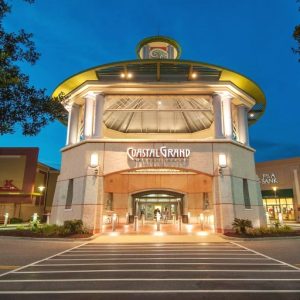

/rating_on.png)
/rating_off.png)